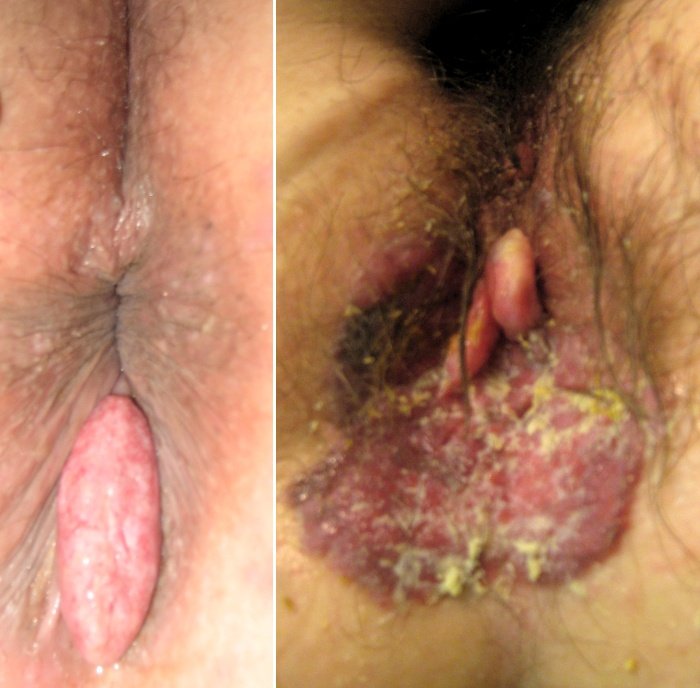In the last column we discussed about pancreatic cancer. Today, we will briefly discuss inflammation of the pancreas which can be serious too.
The pancreas lies in the upper abdomen behind the stomach. Its function is to produce digestive enzymes and hormones such as insulin.
Pancreatitis is a chemical inflammation of the pancreas caused by its own digestive enzymes. Pancreatitis has two forms: acute and chronic.
Most common causes of pancreatitis are gallstones and alcohol abuse. Sometimes no cause can be found. That leaves the patient and the doctor frustrated.
Patients with acute pancreatitis present with abdominal pain, nausea, vomiting, fever and a rapid pulse. The diagnosis is made by a blood test to measure blood level of enzyme lipase. All pancreatitis patients require intravenous fluids, oxygen and pain killers to stabilize their condition. If the condition is due to gallstones then the patient will need surgical removal of the gallbladder.
An abdominal ultrasound is taken to look for gallstones and a CAT (computerized axial tomography) scan to look for inflammation or destruction of the pancreas. CAT scans are also useful in detecting cyst formation in the pancreas.
In about 20 percent of cases, acute pancreatitis can be severe, with many complications. Severe cases may cause dehydration and low blood pressure and the condition may become life threatening. The vital organs such as heart, lungs, or kidneys may fail. If bleeding occurs in the pancreas, shock and sometimes even death follow.
Chronic pancreatitis can present as episodes of acute inflammation in a previously damaged pancreas. There is intermittent or persistent abdominal pain. The chronic destruction of pancreatic tissue causes malabsorption of fat and diabetes.
Chronic pancreatitis is most often caused by alcoholism and alcohol abuse. Sometimes the cause of chronic pancreatitis cannot be determined. But any condition that causes repeated episodes of acute pancreatitis may result in chronic pancreatitis.
Start reading the preview of my book A Doctor's Journey for free on Amazon. Available on Kindle for $2.99!
